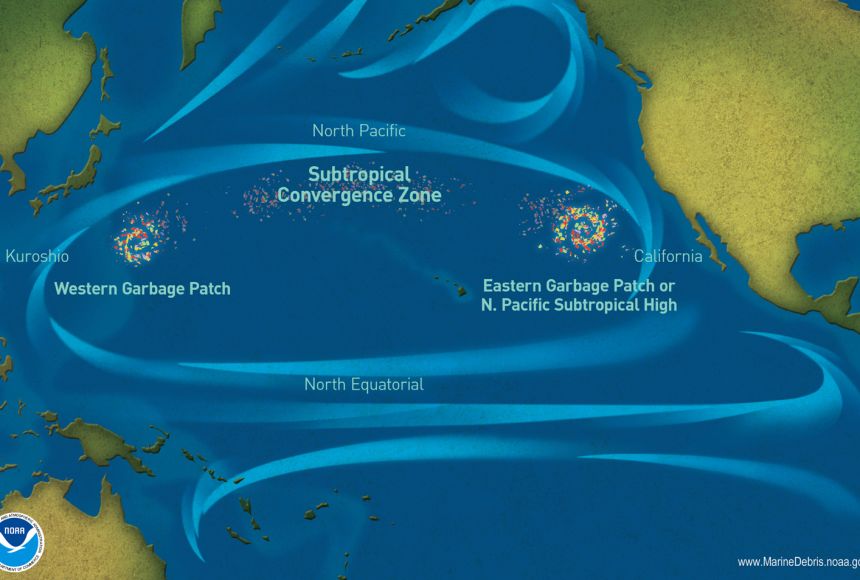🌱 This is personal
The other day, I got off a call with a sustainability manager I deeply respect—Maria. She’s smart, committed, and has spent the past year building the foundations for her company’s CSRD reporting. She worked nights, built cross-departmental trust, and brought structure to chaos. But when she heard the news that many of the EU’s measures would be delayed or rolled back, she confessed something quietly:
I feel like the ground has been pulled out from under me.
And I understood. I’ve felt that way too. Initially.
Because for many of us, sustainability isn’t just a job. It’s a calling. It’s a response to the times we live in. It’s an act of care—for the Earth, for those we’ll never meet, for our children.
That’s why this moment matters.
It might look like a step back on paper, but what’s actually happening is a deeper shift: from compliance to intention. From doing the minimum to daring to do what’s right. The delays are giving us space—not to retreat, but to realign.
Let’s talk about what that could mean—for Maria, for you, for all of us working to shape a regenerative future.
With the Omnibus Agreement, Ursula von der Leyen and the European Commission are not just tweaking rules—they’re shifting the entire playing field. While CSRD (Corporate Sustainability Reporting Directive), CSDDD, and the double taxonomy were initially seen as complex compliance burdens, a new—and better—frame is emerging. One that puts the sustainability manager right at the heart of business transformation.
Beyond compliance minimalism
Let’s be honest: when regulations pile up, it’s tempting to ask, “What’s the minimum we can get away with?” But sustainability isn’t about loopholes. It’s about stopping biodiversity loss, upholding human rights across the entire supply chain, and operating in a way that does no further harm.
The real shift now? Moving from compliance minimalism to genuine sustainability. That means:
- No more business as usual in outsourced operations.
- Accountability for how products are made, who makes them, and under what conditions.
- Responsibility for environmental impact—from emissions to the Eastern and Western garbage patch in the Pacific ocean.
This moment invites us to redefine corporate social responsibility as not just a department, but a mindset infused throughout the entire business.

Reporting: yes, it’s hard. But it’s also an asset
Yes, CSRD and the double taxonomy bring complexity. They demand consolidated, auditable data from multiple departments and geographies. It’s messy, technical, and expensive.
But here’s the upside: for those of us who’ve worked tirelessly to prepare—building dashboards, aligning stakeholders, and translating standards into action—this is the moment to pause, consolidate, and communicate:
- What wins have your efforts produced so far?
- Which gaps are now becoming visible?
- How can you use board-level reporting to move the conversation from obligation to opportunity?
Now’s the time to shift the narrative. Not “this is what we must do” but “this is what we have done—and what we can improve together.”
Risk is real. Insurance knows it.
While some voices, especially across the Atlantic, question climate regulation, insurance companies are not playing games. They’ve adjusted premiums to reflect physical risk—floods, landslides, droughts, supply chain disruptions. These aren’t abstract. They’re happening now.
If your company is thinking about dialing back sustainability efforts, here’s a reality check: talk to your insurer. You’ll likely find that the real risk model doesn’t lie. Premiums for unsustainable operations have gone through the roof. Why? Because the cost of inaction is now calculable—and insurers are pricing it in.
Sustainability managers, this is your chance to speak the language of finance. Risk = cost. Regeneration = resilience.

The shift to strategic sustainability
The overarching opportunity? Moving from tick-box compliance to a strategic, regenerative business model. Here’s how to lead the shift:
- Embrace incremental innovation: Review what’s been done quickly and patch the inevitable gaps.
- Communicate wins: Let your stakeholders know what’s already been achieved, and how it’s improved your operations.
- Seek feedback: Ask your board, peers, and frontline teams where sustainability efforts are landing—and where they’re not.
- Go deeper: Use this moment not just to sustain but to regenerate—to actively improve ecosystems, empower communities, and foster long-term business health.
This moment is not just about compliance. It’s a strategic opening for companies to lead, to repair, and to rebuild in reciprocity with the planet and the people who make our businesses run.
To all sustainability professionals:
This is your time. You’ve done the heavy lifting. Now let’s go beyond the rules and into the heart of regeneration. Not because we have to—but because we know it’s the right thing to do.
Let’s make sure we don’t just sustain the world we have—but build the one we want to live in.

